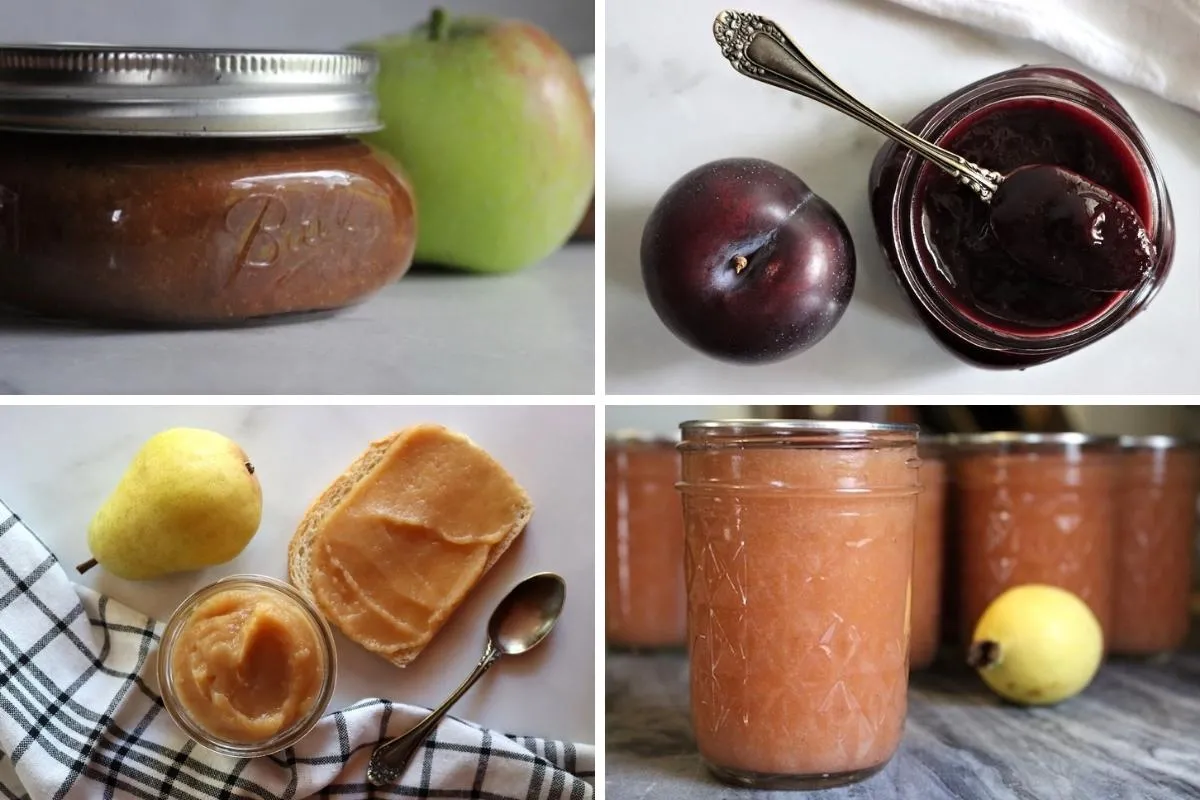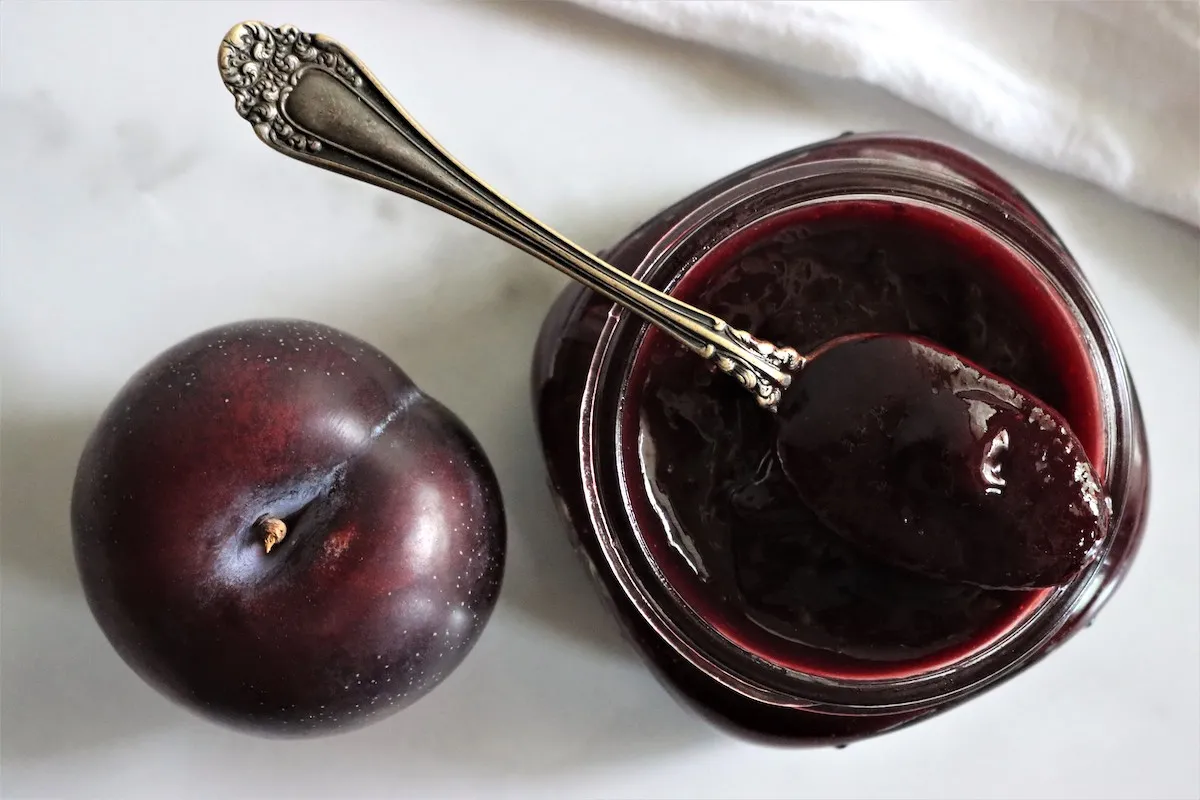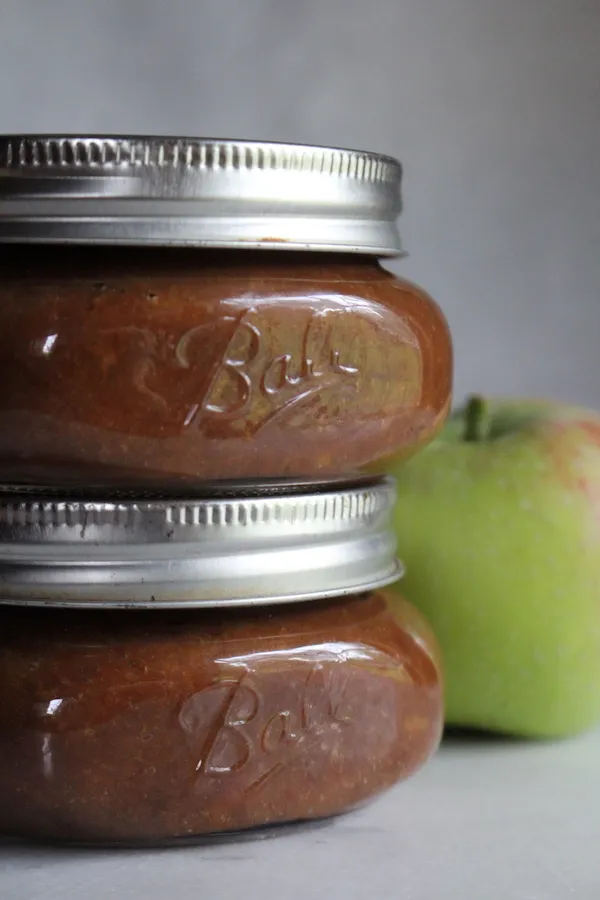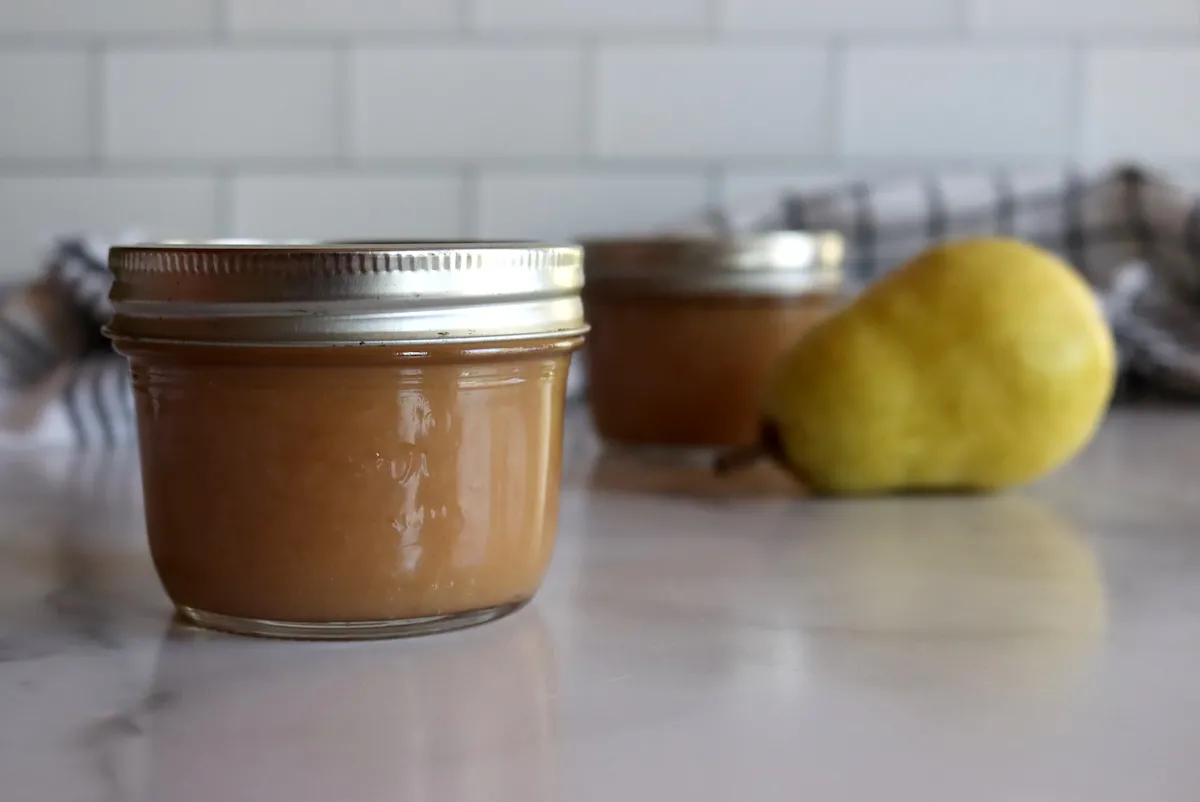Making Homemade Fruit Butter: A Delicious and Simple Treat

Hey there, fellow craft enthusiasts! Robert Kline here, and today we’re diving into the delicious world of homemade fruit butter. Imagine the sweet, concentrated taste of summer fruits all year round, effortlessly spread on your morning toast or incorporated into your favorite recipes.
Making fruit butter is surprisingly simple, a process that’s more about patience than skill. It’s a fantastic way to capture the essence of peak-season fruits and elevate your culinary creations. Whether you’re a seasoned canner or just starting your homemade journey, I’ll guide you through the process, sharing tips and variations I’ve learned over the years.
Understanding the Art of Fruit Butter
Fruit butter, a close relative of jams and jellies, is essentially fruit puree that’s slowly simmered until it thickens into a luxuriously smooth spread. The magic lies in the gentle cooking, which allows the fruit’s natural sugars to caramelize, deepening the flavor.
While apple butter reigns supreme in popularity, you can let your creativity run wild with almost any fruit – plums, pears, berries, even exotic guava. The choice is yours!
 How to Make Fruit Butter
How to Make Fruit Butter
A rainbow of fruit butter possibilities awaits!
The Alchemy of Ingredients
While fruit takes center stage, a few key supporting players contribute to the texture and preservation of fruit butter:
1. Sugar: Balances tartness and aids in preservation. White and brown sugars are common choices, but you can experiment with honey, maple syrup, or agave for unique flavor profiles.
2. Acidity: Enhances flavor and plays a vital role in safe canning. Lemon juice is a classic, but lime, orange, or even apple cider vinegar work wonders.
3. Seasonings: Elevate the fruit’s natural taste. Warm spices like cinnamon, nutmeg, and allspice are perfect companions, while vanilla, bourbon, or a touch of balsamic vinegar add complexity.
Remember, you can adjust the amount of each ingredient to suit your taste. It’s your homemade masterpiece, after all!
Transforming Fruit into Butter: A Step-by-Step Guide
There are several methods for making fruit butter, each with its own merits. Here are two popular techniques:
1. Stovetop Simmering: The Hands-On Approach
- Prepare your fruit: Wash, peel (if necessary), and chop your chosen fruit. For smoother butter, remove seeds and pits.
- Simmer and soften: Combine the fruit with a touch of lemon juice in a large saucepan. Cook over low heat, mashing occasionally, until the fruit breaks down completely.
- Puree for velvety smoothness: Use a food mill, strainer, immersion blender, or regular blender to achieve a luscious, lump-free consistency.
- Flavor infusion: Return the puree to the saucepan and stir in your chosen sweetener, spices, and any additional liquids.
- The simmering finale: Cook over low heat, stirring frequently to prevent sticking, until the mixture thickens significantly. You’ll know it’s ready when a spatula dragged across the bottom leaves a trail.
 Slow Cooker Plum Butter
Slow Cooker Plum Butter
Slow and steady wins the fruit butter race!
2. Slow Cooker Simplicity: Set It and (Almost) Forget It
- Prep and combine: Follow the initial fruit preparation steps as above. Place the fruit, lemon juice, sweetener, and spices in your trusty slow cooker.
- Low and slow magic: Cook on high heat for 2-3 hours, stirring occasionally. Then, puree the softened fruit using your preferred method and return it to the slow cooker.
- The final stretch: Continue cooking on high for another 4-5 hours, then partially remove the lid and cook for 2-3 more hours, stirring frequently to prevent scorching, until the butter reaches your desired consistency.
Preserving the Bounty: Canning Your Fruit Butter
For long-term storage, canning is the way to go. A couple of important points to remember:
- Acidity is key: Ensure your fruit butter is acidic enough for safe canning. Fruits like apples and most berries are naturally acidic, but others, like peaches or pears, may require added lemon juice or citric acid. Refer to a reliable canning resource for specific fruit acidity levels.
- The canning process: Ladle the hot fruit butter into sterilized jars, leaving ¼-inch headspace. Wipe the rims, seal with lids and rings, and process in a boiling water bath according to tested canning instructions.
 Canning Apple Butter in half pint jars
Canning Apple Butter in half pint jars
Canning captures the flavor, ready to enjoy anytime.
A World of Fruit Butter Flavors
Ready to embark on your fruit butter adventure? Here’s a glimpse into the delightful possibilities:
- Apple Butter: A classic for a reason, perfect with a sprinkle of cinnamon.
- Pear Butter: Delicate and subtly sweet, delicious on scones or stirred into yogurt.
- Plum Butter: Rich and tangy, wonderful in savory dishes or as a glaze for meats.
- Berry Butters: Vibrant and bursting with flavor, try strawberry, blueberry, or raspberry.
- Exotic Delights: Think guava, mango, or even pineapple for a taste of the tropics.
 Pear Butter
Pear Butter
Pear Butter: A taste of elegance
The Beauty of Handmade Goodness
There’s something incredibly satisfying about creating your own delicious treats. Fruit butter is not just a spread; it’s a labor of love, a taste of sunshine preserved in a jar. So, gather your favorite fruits, embrace the process, and experience the joy of making something truly special with your own hands.
And don’t forget to share your creations! Leave a comment below and tell me about your favorite fruit butter flavor or how you like to use this versatile treat.
Happy crafting, and as always, keep those creative sparks flying! For more unique and heartfelt gift ideas, browse the handmade treasures on Robert Kline Art.
